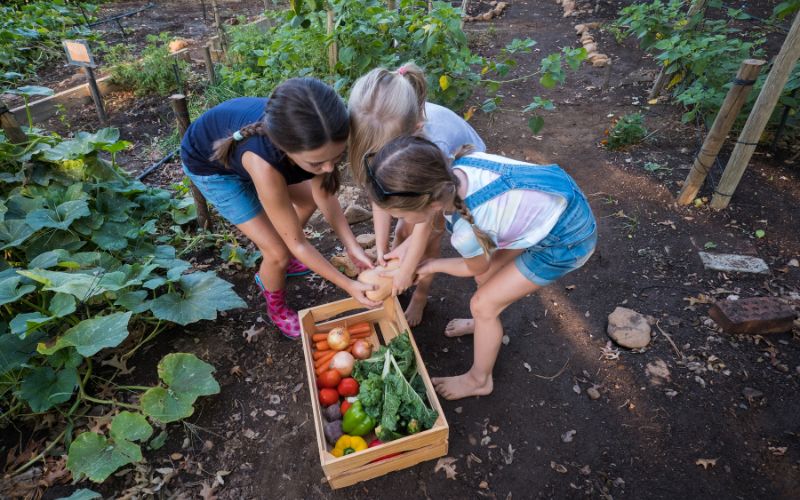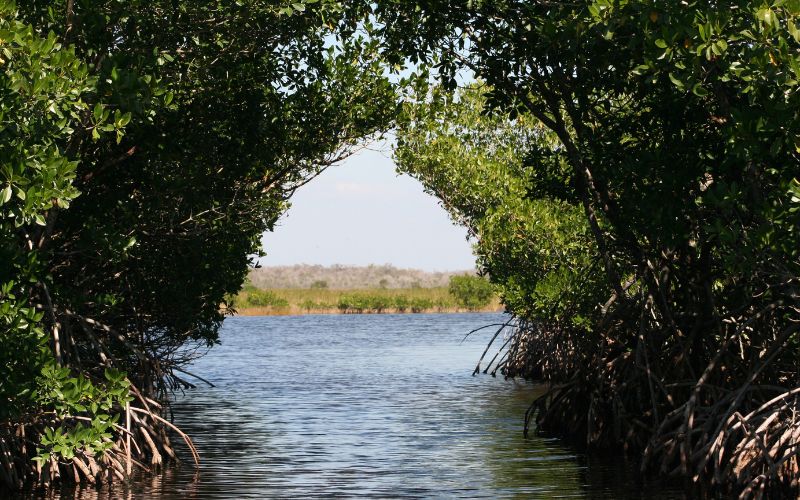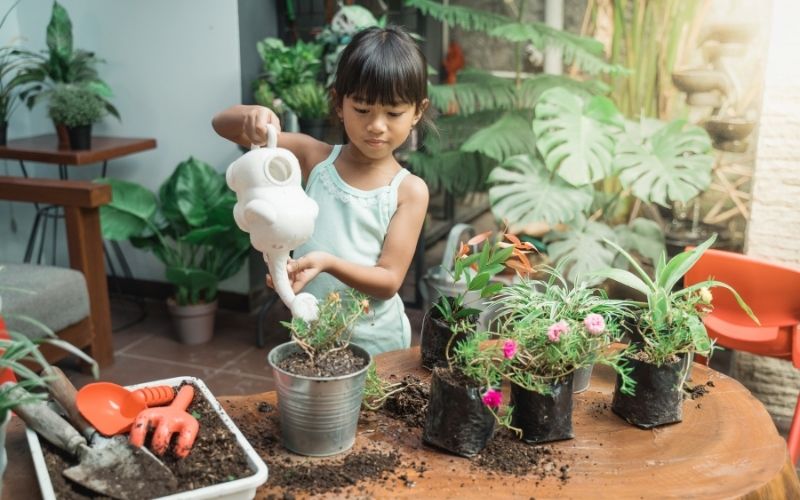How to Grow an Apple Seed: Science Experiment for Kids
Do you want to ignite your homeschoolers’ curiosity and cultivate their green thumbs? Look no further! Today I’m walking you through a fun science experiment that will captivate your children’s interest and teach them about the wonders of plant growth.
Get ready to embark on a journey of discovery as we delve into the step-by-step process of growing an apple seed. Learning how to grow an apple seed is a great way to add an interactive science experiment to your child’s homeschool studies.

Homeschooling provides a wonderful opportunity for parents to engage their children in hands-on learning experiences. One exciting science experiment you can undertake with your homeschoolers is growing an apple seed. It not only teaches them about the growth process of plants but also instills a sense of responsibility and patience. In this blog post, I’ll guide you through the step-by-step process of growing an apple seed, offering valuable insights and tips along the way. Let’s get started!
Are you planning an apple-themed unit study or a gardening unit study for your homeschoolers? Growing an apple seed is a fun activity to incorporate into your homeschool curriculum.
This fun activity is a perfect addition to your themed unit studies:
- fall unit study
- apple unit study
- gardening unit study
- Johnny Appleseed unit study
Planting an apple seed with your child as part of your themed unit study can enhance your unit study, providing hands-on learning experiences that foster curiosity, critical thinking, and a deeper understanding of the natural world. Get ready to dig in and cultivate knowledge as we dive into the exciting world of growing apple seeds!
Fall Themed Unit Study
Autumn is a season filled with vibrant colors, cool breezes, and the harvest of delicious fruits, including apples. A fall-themed unit study is the perfect opportunity to explore the wonders of this season and connect them to the apple seed experiment.
Start by discussing the changes that occur in nature during fall, such as the transformation of leaves, the migration of birds, and the preparation of animals for winter. Incorporate discussions about the life cycle of trees and how they prepare for the colder months.
Then, introduce the apple seed experiment, where your homeschoolers can witness the growth process firsthand. As they care for their apple seedlings, they will learn about the needs of plants during different seasons, the significance of sunlight and temperature changes, and the marvels of nature’s cycles.
Apple-Themed Unit Study
By incorporating the apple seed experiment into your apple-themed unit study, you can create a comprehensive learning experience centered around this versatile fruit.
Begin by introducing your homeschoolers to the history, varieties, and nutritional aspects of apples. Engage them in discussions about the different parts of an apple, its life cycle, and the importance of pollination.
Then, delve into the exciting process of growing an apple seed, allowing your children to witness firsthand how a tiny seed can transform into a thriving apple tree.
This experiment serves as a practical application of the knowledge gained during the unit, offering a memorable and meaningful way to explore the apple’s journey from seed to fruit.
Gardening Unit Study
A gardening unit study provides a fantastic opportunity to teach your homeschoolers about plants, soil, and the importance of nurturing living organisms.
Growing an apple seed aligns perfectly with this theme, as it allows children to experience the joy of planting, caring for, and watching a seedling grow into a magnificent tree.
Incorporate discussions about the basic needs of plants, such as sunlight, water, and nutrients, and guide your children in understanding the significance of proper care and maintenance.
As they witness the growth and development of their apple seedling, they will develop a deeper appreciation for the wonders of nature and gain valuable insights into the art of gardening.
Johnny Appleseed Unit Study
The story of Johnny Appleseed, the American folk hero who traveled across the country planting apple trees, is a fascinating tale that captures the imagination of children. By incorporating the apple seed experiment into your Johnny Appleseed unit study, you can bring this legendary figure to life in a meaningful way.
Begin by introducing the story of Johnny Appleseed, his love for nature, and his contributions to apple cultivation. Discuss the importance of apples during that time period and their significance in American history.
Then, delve into the apple seed experiment, allowing your homeschoolers to plant their own apple seeds, just like Johnny Appleseed did.
As they nurture their seedlings, they will develop a deeper connection to this historical figure, fostering an appreciation for his passion for nature and conservation.
Benefits of the Apple Seed Experiment
Integrating the apple seed experiment into your unit study offers numerous benefits for your homeschoolers. First and foremost, it sparks curiosity and enthusiasm, making learning a fun and engaging experience.

It also fosters a sense of responsibility as children take on the role of caretakers, ensuring the well-being of their seedlings. Patience is cultivated as they eagerly observe and wait for their apple tree to grow. Moreover, this experiment encourages critical thinking skills as they analyze and interpret the changes taking place in their seedling.
Through this hands-on activity, your children will gain a deeper understanding of plant growth, life cycles, and the interconnectedness of living organisms in the natural world.
Incorporating the apple seed experiment into your homeschool unit studies is a brilliant way to combine science, nature, and hands-on learning. As your homeschoolers embark on this journey of discovery, they’ll not only cultivate their green thumbs but also foster a love for learning and an appreciation for the wonders of the natural world.
So, roll up your sleeves, gather your materials, and get ready for an educational adventure that will leave a lasting impression on your homeschoolers’ minds and hearts.
How to Grow an Apple Seed: Science Experiment
Discover the wonders of plant growth and engage your homeschoolers with a captivating science experiment—growing an apple seed!
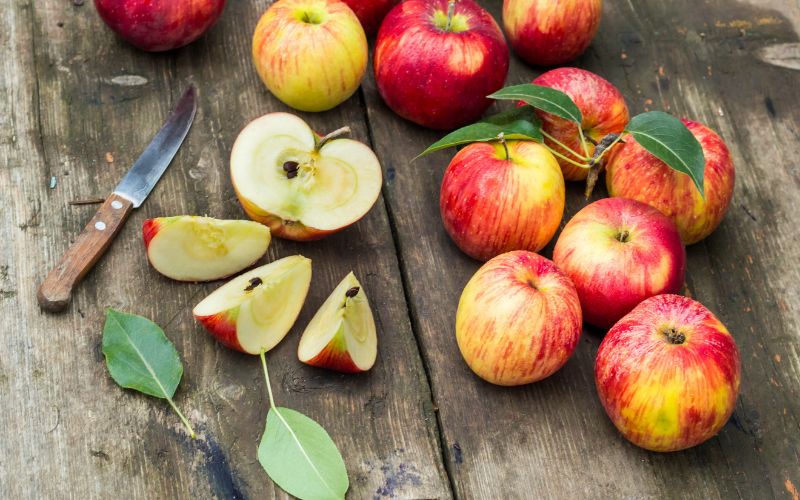
Materials Needed:
- Fresh apple
- Knife
- Paper towel
- Small pot or container
- Seedling soil or potting mix
- Water
- Clear plastic wrap
- Rubber band
- Spray bottle (optional)
- Sunlight
Step 1: Choose and Prepare the Apple Seed
Begin by selecting a fresh apple. Cut the apple open and carefully remove the seeds using a knife. Rinse the seeds under running water to remove any residue or pulp. Pat them dry with a paper towel.
Step 2: Preparing the Germination Environment
Take a small pot or container and fill it with seedling soil or potting mix. Make sure the soil is moist but not soaked. Create a small hole in the center of the soil, approximately one inch deep.
Step 3: Planting the Apple Seed
Place the apple seed into the hole you made in the soil. Gently cover the seed with soil, ensuring it is completely buried. Press the soil down lightly to secure the seed.
Step 4: Providing Optimal Conditions
To promote germination, it is crucial to create the right conditions. Cover the pot or container with clear plastic wrap, making sure to leave some space for air circulation. Secure the plastic wrap with a rubber band around the rim. This will create a mini greenhouse effect, retaining moisture and warmth.
Step 5: Watering and Monitoring
Water the soil gently, ensuring it remains consistently moist throughout the germination process. Use a spray bottle to mist the soil if necessary. Place the pot in a warm location where it can receive indirect sunlight. Avoid direct sunlight, as it may dry out the soil.
Step 6: Patience and Observation
Germination can take anywhere from two weeks to several months, depending on the variety of apple seed you are growing. Encourage your homeschoolers to regularly observe and monitor the progress.
You may even create a journal where they can record their observations and measurements.
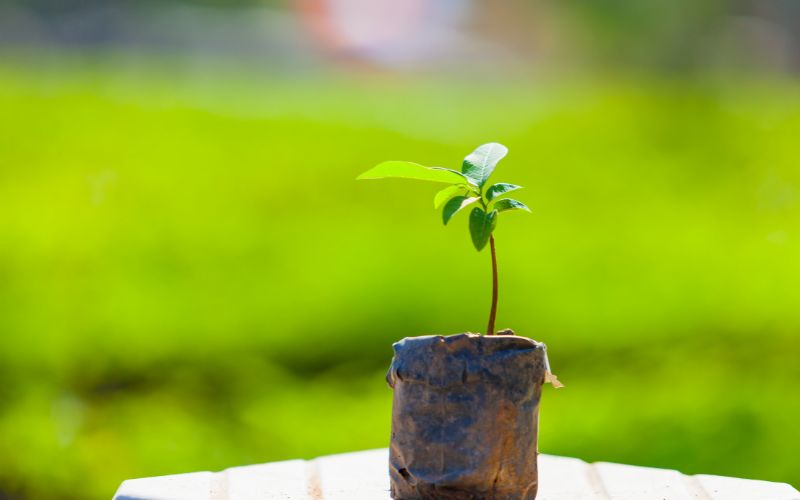
Step 7: Transplanting the Seedling
Once the seedling has grown to a height of about four inches, it is ready to be transplanted into a larger pot or directly into your garden. Make sure the new container has drainage holes at the bottom and is filled with nutrient-rich soil.
Gently transfer the seedling, taking care not to damage the delicate roots.
Step 8: Continued Care and Growth Place the newly transplanted seedling in a location that receives ample sunlight, preferably six to eight hours a day.
Water the plant regularly, allowing the soil to dry out slightly between each watering. Over time, the seedling will grow into a beautiful apple tree, providing a rewarding sense of accomplishment.
Conclusion
Growing an apple seed is an exciting science experiment that teaches homeschoolers about plant life cycles, responsibility, and patience. By following these steps, you can provide your children with an engaging hands-on experience that brings science to life. Encourage your children to nurture their apple seedlings, record observations, and witness the wonders of nature unfold right before their eyes. Happy gardening and happy learning!

